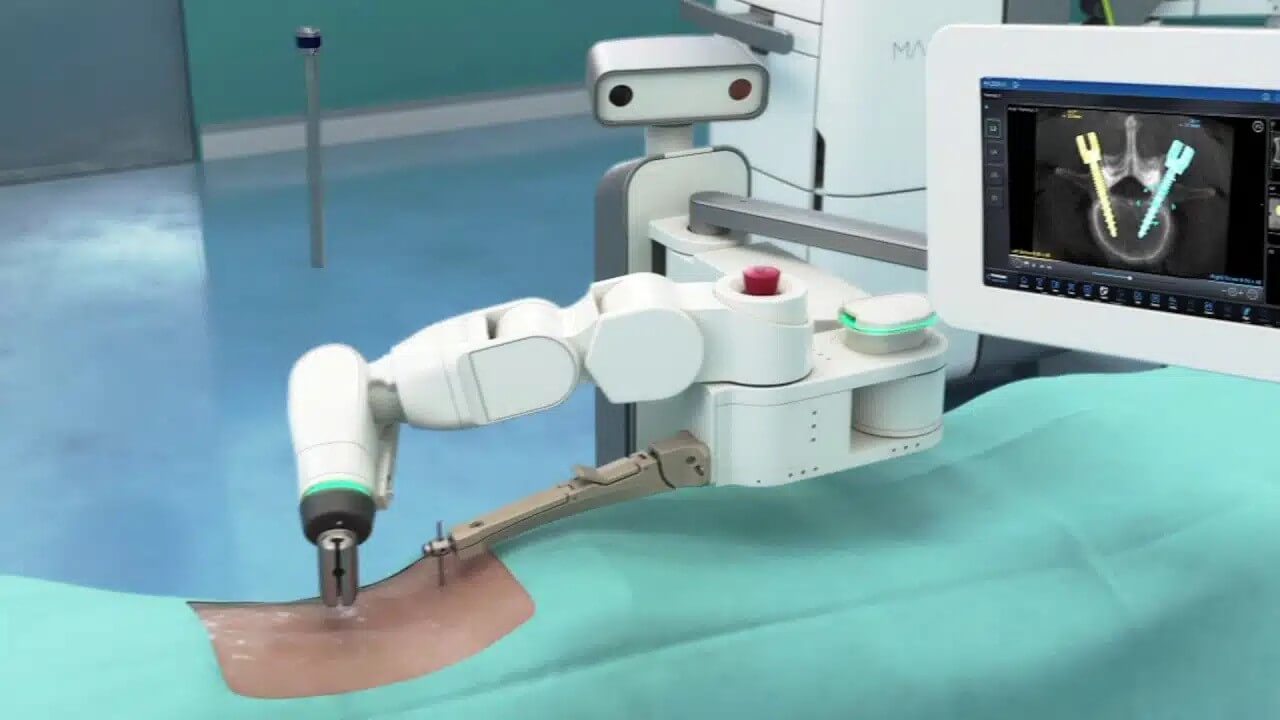- About Us
- Procedures
- Conditions Treated
- Patient Resources
- Blog
- Contact Us

Doctor's Bio

Testimonials

Meet the Team
- Procedure Name
- Procedure Name
- Procedure Name
- Procedure Name
- Procedure Name
- Procedure Name
- Procedure Name
- Procedure Name
- Procedure Name
- Procedure Name
- Procedure Name
- Procedure Name











